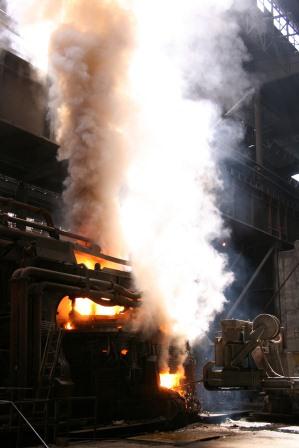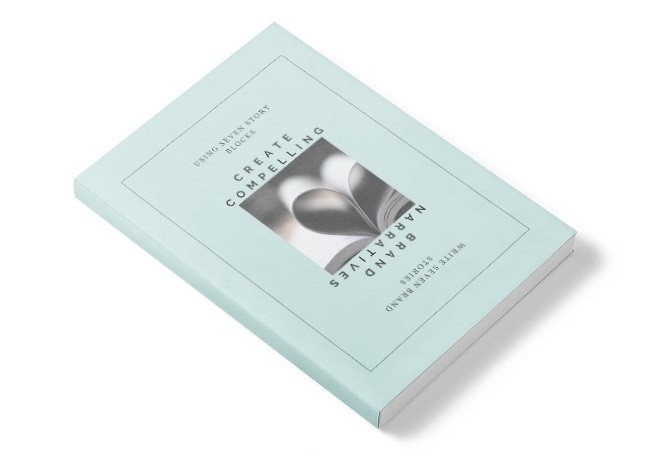Have you been tending to your boilerplate lately?
Is it smokin’ hot?
Does it sell the sausage as well as the sizzle?
OK, OK, OK…..what the hell is a boilerplate?
Up until a while ago I’d only really heard the term bandied about by ‘older’ pseudo-boffins (at my previous places of my employ) who wanted to make themselves sound important and knowledgeable. It was dropped into conversations so that listeners would think they were someone to be held in awe.
There really is no secret. You probably know it by another name – or no name. In fact, everyone in business today uses some form of boilerplate and it’s used across many vocations.
Again…what is it?
It’s a statement that fuses together ‘what business we’re in’ and ‘our positioning.’
But these days it needs to be hot, really hot.
You need to tend to it like a boiler man would; stoking the fire and adjusting the fuel to make sure it’s always burning red hot. It should NOT be a paragraph of standard text that’s used verbatim.
It needs tweaking here and there; now and then…
And where would you see and use boilerplate today? Let’s see: a Facebook page, end of a blog post, top of a guest post, social media profiles, end of a press release, footer of a letter, sidebar of a website, sidebar of a blog, an email response….the list is endless.
Think of it as the text equivalent of an “elevator pitch.”
Techie tricks
In the digital age, boilerplate can easily be saved and copied into a document as needed, or saved as a template. Or ideally, the function that inserts boilerplate in Microsoft Word is called ‘Auto Text.’ As Word can be the default editor for Outlook, it can also be used there.
With Auto Text you can save several versions, each with minor modifications to suit the audience, surroundings and purpose.
Origins
In case you were wondering, the term boilerplate originates from the metal plates fastened to boilers (to identify the manufacturer) in the late 19th century. The term was then borrowed by the printing trade when standard text was stamped onto metal plates and distributed to newspapers. This saved time in the printing process.
Fast forward and the term is now used to describe a standardised piece of text.
Boilerplate is used by PR companies (at the end of a press release), is widely by the legal profession (as many paragraphs are used over and over in agreements with little or no modification), in information technology and programming (where the idea is sometimes applied to reusable programming) as in “boilerplate code.”
The term is also used as an adjective as in a “boilerplate paragraph” and also as in “the entire document was boilerplate.”
How to
Brevity is the cornerstone of a great boilerplate. Too much information will confuse readers. Save the full story for your website, and make sure you include a link within your boilerplate that drives readers to the relevant web page.
Ideally, a boilerplate should be no more than one paragraph. In three to four sentences you should be able to succinctly cover the essentials. You should also add a closing sentence with a link to your website and/or social media profiles.
But to make yours red hot, you need to focus on communicating two key messages. It’s a mixture of ‘facts’ (nuts and bolts) and ‘positioning’ (answering the ‘so what’ of your business).
First it should contain all the vital facts and information – all of this may exceed the word count/length, so you’ll need to prioritise:
- Where are you – is this important?
- When did you start – do you need to show longevity
- What do you offer – explain what you do and what it does for them
- Who’s your target – should clearly entice your ideal audience
- Are you recognised – include any recent awards that go to social proof/street cred/respect
- Where can you be found to get more – drive readers to a website, social site, blog
Second it must position your company/self/brand. It should include something compelling about what you do. This should be achieved in one-two sentences, describing for your audience where it (or you) fit within the market.
- What makes you unique – are you distinguishable from others
- A special something – an authentic note that no one knows
- Connect –mention who you serve and what problem you solve for them
Finally, when drafting a boilerplate make sure its content works with your SEO efforts. The use of keywords in your wording can help make a difference with Google and other search engines.
Some Examples
About Facebook
Founded in February 2004, Facebook’s mission is to give people the power to share and make the world more open and connected. Anyone can sign up for Facebook and interact with the people they know in a trusted environment. Facebook is a privately held company and is headquartered in Palo Alto, Calif.
Notice how the Facebook boilerplate includes both emotive phrases like “give people the power to share” and “more open and connected” as well as ones that underpin their credibility such as “trusted environment”. This has been cleverly mixed with basic facts to serve as a highly effective boilerplate that speaks volumes about the company in just three sentences.
About the author
Judy Dunn is a blogging coach and content marketing specialist. Her blog, Cat’s Eye Writer, is on the alltop.com list of best blogs and a winner of a Write to Done Best Blogs for Writers award. She writes there about how people can attract more online visitors with compelling copy, a true voice and smart social media strategies.
Carol Tice helps writers earn more at the Making a Living Writing blog, which she used to get paid blogging gigs that earn her more than $5,000 a month. Grab her free report, 40 Ways to Market Your Writing.
Notice how each of these four author/blogger boilerplates focus on different aspects of their work – even though they are all bloggers and writers. Each has clearly identifed themselves, their strengths and positioning within the writing and blogging market – highlighting their USP. If you follow these writers, their boilerplate also slightly changes each time they guest post across the internet, based on the reader/audience and their specific marketing focus at the time.
Where to
So get to it, start drafting that killer boilerplate.
But remember, there’s no right or wrong way to write one.
However, it is something that you should constantly spend time on checking, tweaking and updating according to the audience. It should reflect you most recent iteration of focus and self.
Take the time to write a great boilerplate. In this digital age, apart from it possibly being your only and most powerful advocate in many online instances, it will likely appear in thousands of places across the internet, so it had better be smokin’ hot.

